Strava Art
Chris Phipps has created some amazing Strava Art:
People often ask if I plan these out or not. When the piece includes words I don’t plan because the letters are pretty easy to make, especially since I learned the trick of doing diagonals. However, for pictures such as the Nyan Cat and the Lagunitas IPA 6 pack, I first do a sketch on a printout map of San Francisco, mostly to make sure I don’t run into any parks or schools that block the grid.
It started on January 14, 2012. I was listening to the 49ers vs. Saints playoff game on the radio while riding laps at the polo fields. The 49ers were underdogs, but scored 2 touchdowns in the 1st quarter to go up 14-0, so I was inspired to ride out to the Richmond district and do this.
I received a lot of comments and kudos on the ride, so I did this ride before the NFC championship game vs. the NY Giants the following week.
…But they lost & didn’t make it to the Superbowl, so I didn’t do anything for that.
I didn’t do anything for a while, but during the Tour de France, I was inspired to write“SAGAN” after his stage win on July 3rd.
On the 4th of July, I tried to do a flag, but had to have the stripes go north to south due to the grid layout in the Sunset (a neighborhood in San Francisco, California).
The ride that got me the most kudos and attention was my tribute to David Millar’s win on July 13. Millar replied to my tweet and started following me on Twitter for a while.
Recently, I’m just training in the city and if someone asks me to try something such as Nyan Cat I will. Or if something else inspires me, I’ll do a ride. Last Thursday I found out it was National IPA Day, so that led to the Lagunitas ride. As for future plans, I’m having fun with this and definitely want to try some larger and more elaborate drawings, but probably not until my racing season is over with Masters Nationals in Bend next month.
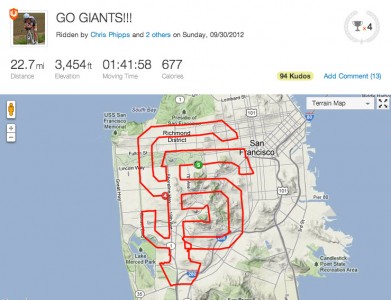
Strava Art from Others:
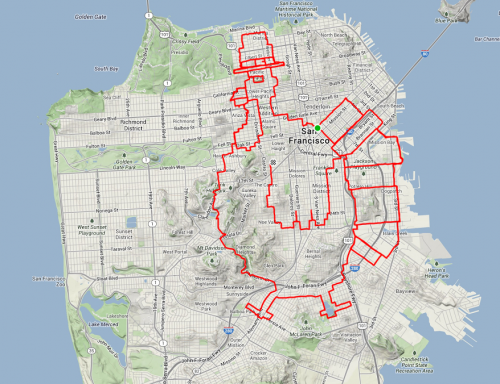
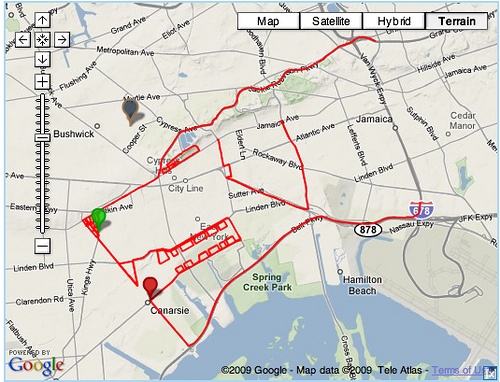
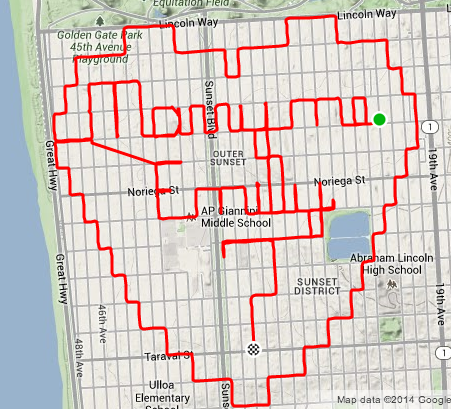
Thanks to Strava for providing the story above

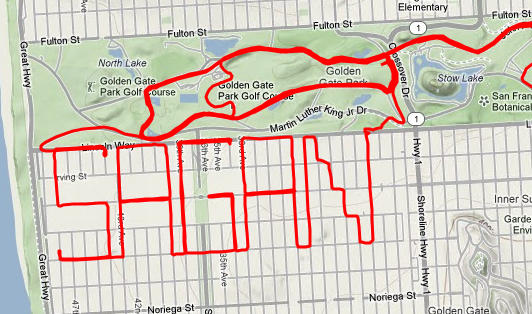
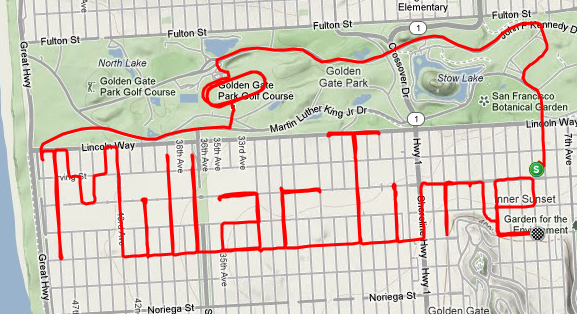
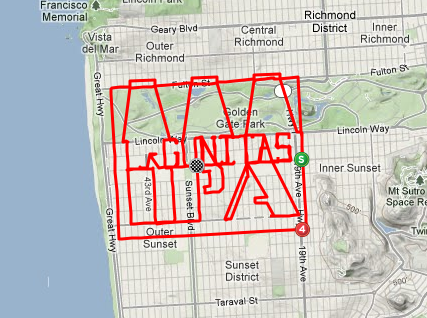
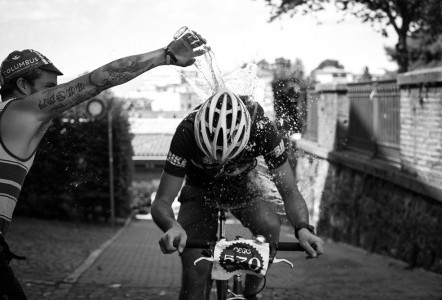 The summer heat can press down on you like a sweaty blanket learn how to stay cool while cycling.
The summer heat can press down on you like a sweaty blanket learn how to stay cool while cycling.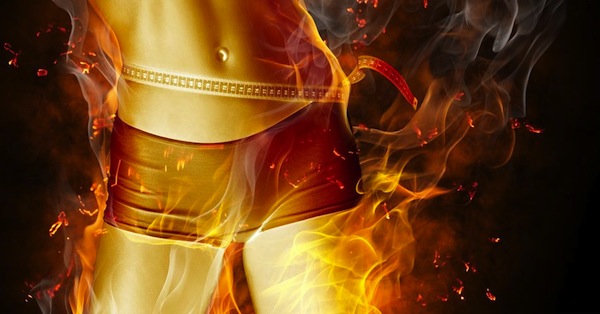 Cycling at a medium pace primarily targets fat cells for energy; therefore, people say it is the “fat burning zone” and is the best way to lose weight cycling. Although all of this is true it is only half the story.
Cycling at a medium pace primarily targets fat cells for energy; therefore, people say it is the “fat burning zone” and is the best way to lose weight cycling. Although all of this is true it is only half the story.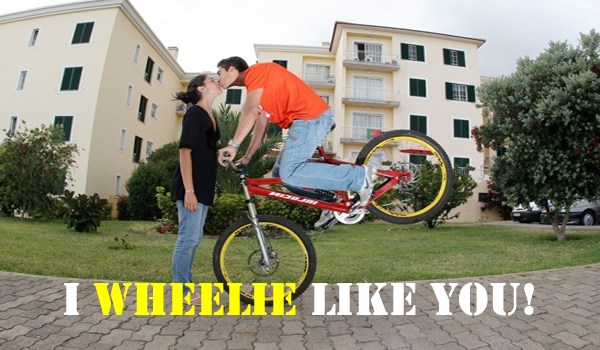 1. I WHEELIE like you.
1. I WHEELIE like you.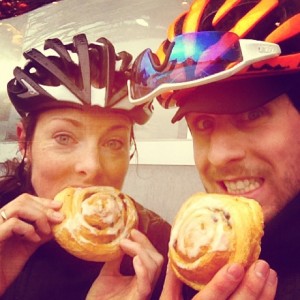
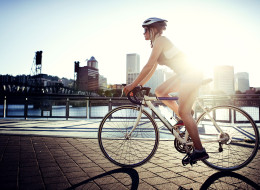
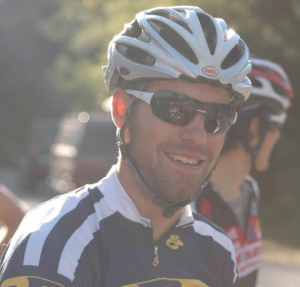
 A battle is being waged on North American convenience store shelves. Sports beverages, led by Gatorade are fighting for their lives against energy drinks like Red Bull, Monster and Rock Star. At the heart of the battle is the question: do any of these drinks really boost performance?
A battle is being waged on North American convenience store shelves. Sports beverages, led by Gatorade are fighting for their lives against energy drinks like Red Bull, Monster and Rock Star. At the heart of the battle is the question: do any of these drinks really boost performance?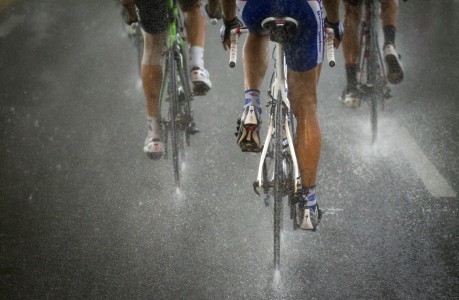 Braking on wet surfaces is much more dangerous than braking on dry surfaces and requires a bit of practice and skill. Most of your braking power is still in your front brake; however, apply to much pressure and you are sure to have a front wheel slip out. It is important to get a “feel” for your bike and know how much brake to apply front AND back. On wet surfaces I apply a little more even braking; approximately 60% front brake and 40% back brake depending on the conditions. The dryer the surface the more front brake you can apply.
Braking on wet surfaces is much more dangerous than braking on dry surfaces and requires a bit of practice and skill. Most of your braking power is still in your front brake; however, apply to much pressure and you are sure to have a front wheel slip out. It is important to get a “feel” for your bike and know how much brake to apply front AND back. On wet surfaces I apply a little more even braking; approximately 60% front brake and 40% back brake depending on the conditions. The dryer the surface the more front brake you can apply.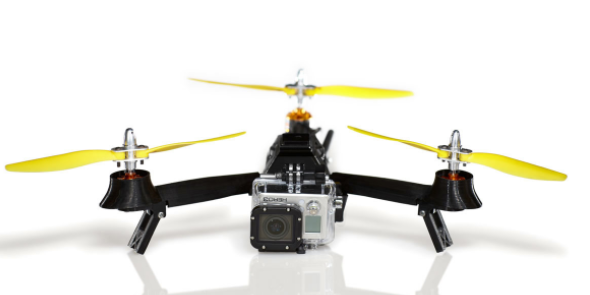
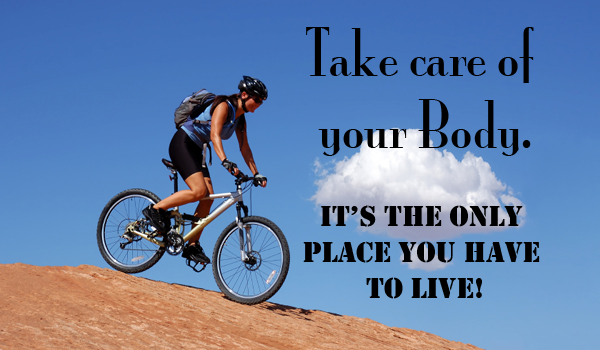 You are the engine. Fuel the engine properly and it will perform. Don’t… and… you will putter out.
You are the engine. Fuel the engine properly and it will perform. Don’t… and… you will putter out.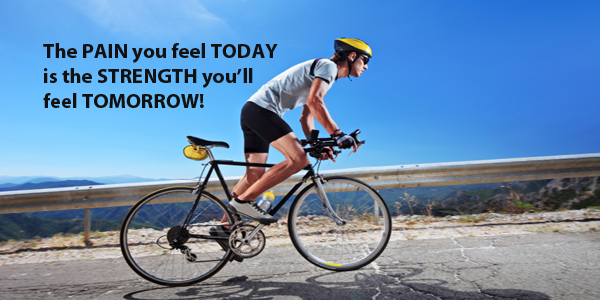 The principles of cycling training are fundamentally basic. Your goal is it overload and then allow for adaptation. Rinse and repeat.
The principles of cycling training are fundamentally basic. Your goal is it overload and then allow for adaptation. Rinse and repeat.